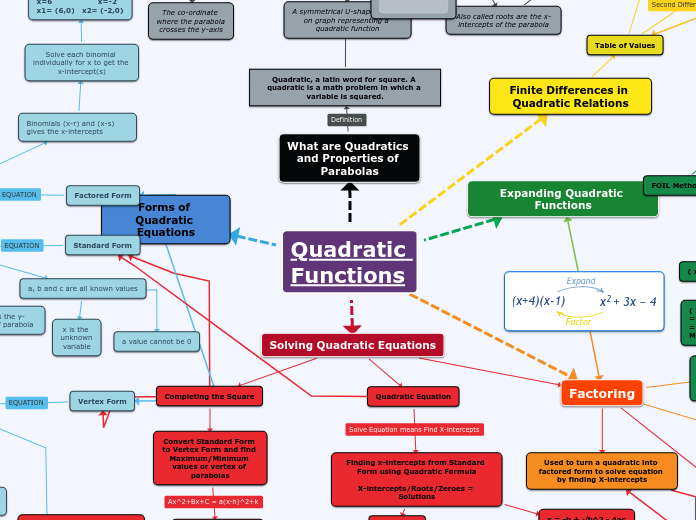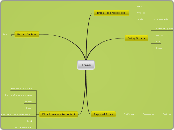realizată de Thanh Tin Nguyen 7 ani în urmă
294
Sample Mind Map
The content covers a range of topics in the realm of databases, focusing on various lectures. Key subjects include the use of SQL commands such as SELECT, UPDATE, and DELETE, which are fundamental for interacting with relational databases.









